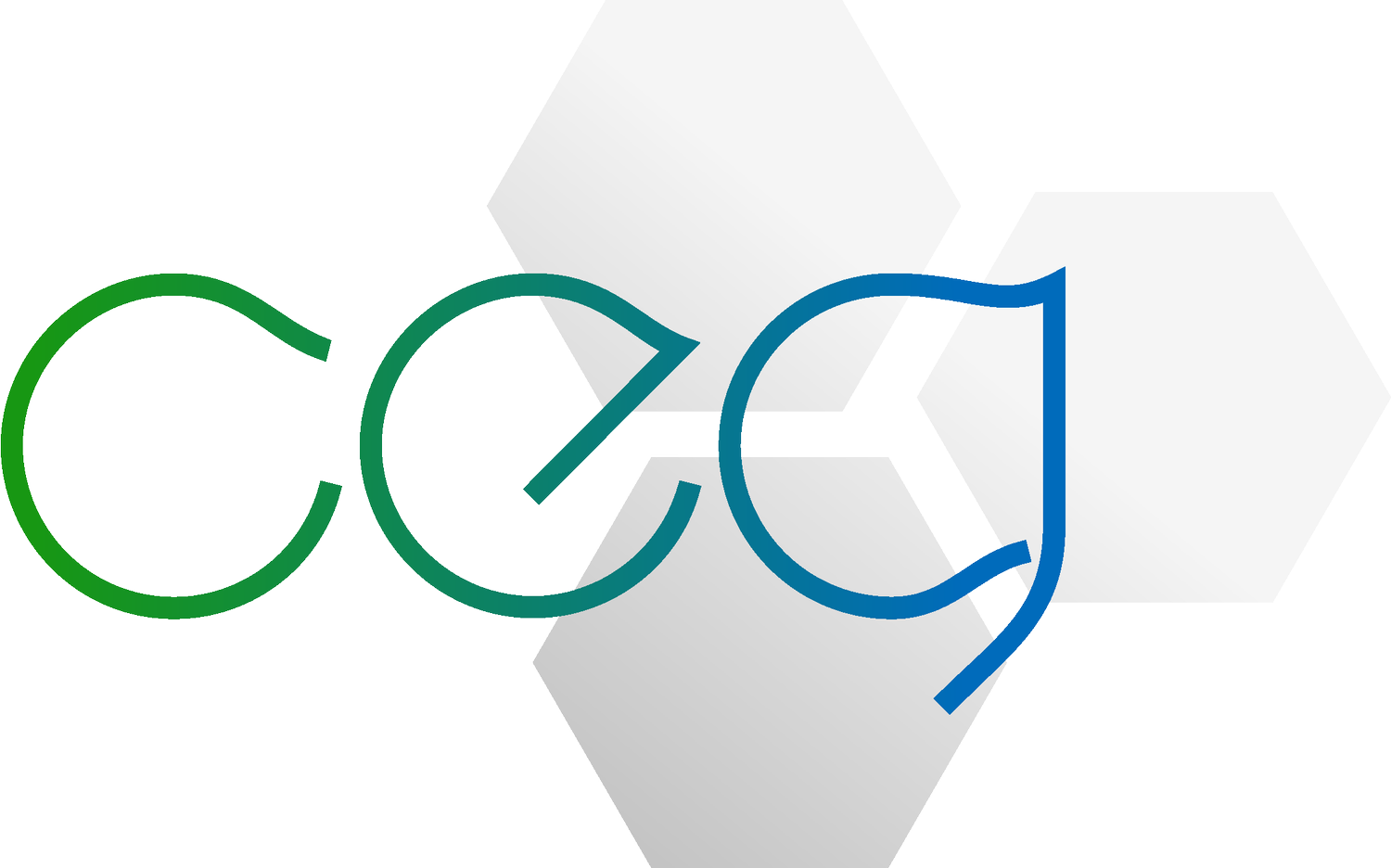Safeguarding sagebrush at northern margin of its range
Learn about the research we’ve completed with US and Canadian government partners on the northern sagebrush ecosystem, including the challenges and opportunities that climate change presents. Published results are pending.
The Manyberries parcel in eastern Alberta is part of the northern sagebrush ecosystem. Restoration work is underway here and elsewhere to help sagebrush ecosystems persist over the long-term.
CEG recently completed a project that examined the impacts of climate change on the northern sagebrush ecosystem, a critical habitat for species like the endangered greater sage-grouse. This work highlights that climate change could reshape this ecosystem by altering sagebrush cover, which is vital for sage-grouse and other sagebrush-requiring species.
The research uses historical data and future climate projections to map changes in sagebrush distribution. In the past, the factor that has most influenced sagebrush growth is precipitation. Future projections indicate that although some areas face decreases in sagebrush cover, others may remain stable or even increase e.g., eastern sagebrush range in Saskatchewan.
For the purposes of planning durable long-term conservation and management actions, we propose a vulnerability framework that identifies regions based on their stability, increase, or decline in sagebrush cover.
Map showing increasing or decreasing trends in sagebrush cover over historical 1985-2023 and future (2070-2100; RCP 8.5 emissions scenario) periods.
This work provides a tool for adaptive management, emphasizing proactive conservation strategies that accommodate climate risks and opportunities. By targeting resources to areas with the highest potential for maintaining or enhancing sagebrush ecosystems, land managers can support at-risk species that depend on sagebrush, like the greater sage-grouse.
This research is currently under review and is subject to change; the published paper will be uploaded when available. In the meantime, check out the other tools and materials, we’ve developed in support of sage-grouse recovery on our Recovering Populations project page!


